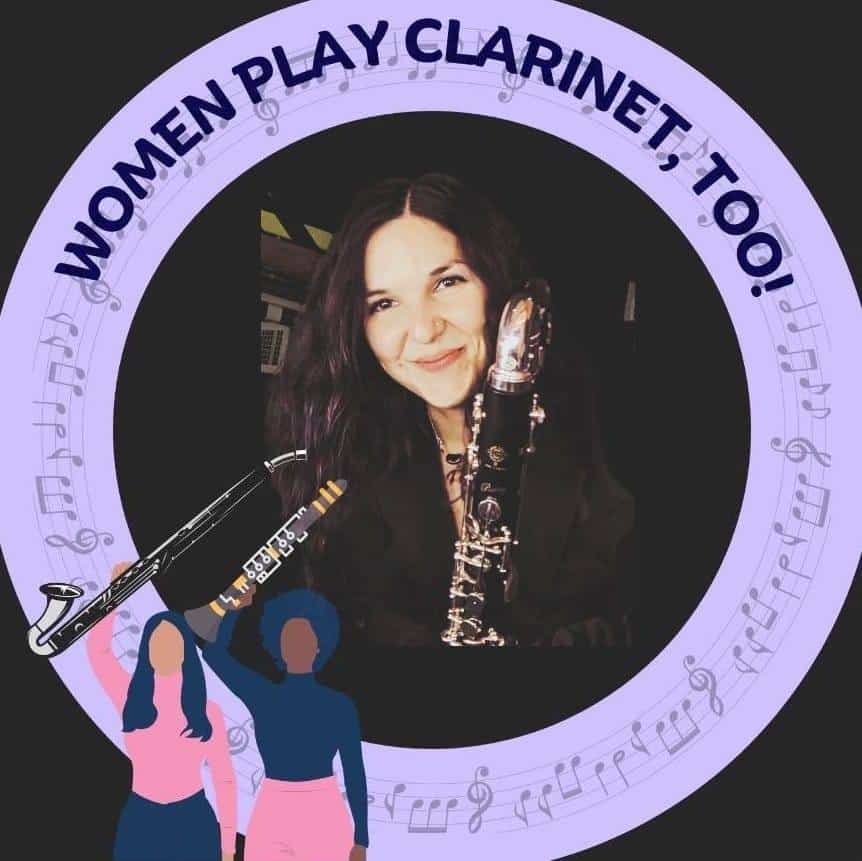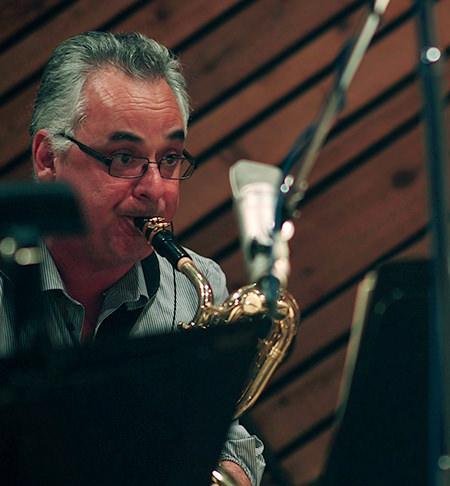Tag: interview
-

Interview: Stefanie Harger Gardner, clarinetist and #clarequality activist
Dr. Stefanie Harger Gardner teaches clarinet, chamber music, and music theory at Glendale Community College and Ottawa University. Previously she served on the faculty at Northern Arizona University. Gardner has performed with Arizona Opera, the Phoenix Symphony, Red Rocks Chamber Music Festival, Seventh Roadrunner, the Paradise Winds, and the Égide Duo, whose mission is to …
-
Interview: bassoonist and inventor Trent Jacobs
Last summer I finally got myself a Little-Jake setup so I could experiment with some electric bassoon playing. The inventor of the Little-Jake, Trent Jacobs, is a performer, educator, and reedmaker, and I’ve linked to his blog posts on a number of occasions. Trent was kind enough to answer a few questions about himself and …
-
Interview: flutist Tammy Evans Yonce
Flutist Tammy Evans Yonce is an active recitalist, writer, clinician, speaker, contributor to various conferences and professional organizations, and professor at South Dakota State University (plus: she is my former classmate). Her thoughtful blog is a favorite of mine and my regular readers will recall that I have featured her posts on a number of occasions. …
-
Interview: Jonathan Tunick, Broadway orchestrator and more
Jonathan Tunick is a show business legend: a composer/arranger/orchestrator/musical director for stage and screen; a collaborator with Stephen Sondheim, Placido Domingo, Barbra Streisand, and too many more to mention; and a winner of many awards. Needless to say, I was thrilled to hear from Mr. Tunick a few years ago, when he contributed some information …
-
Interview: Sarah Cosano, woodwind player and more
Sarah Cosano is a busy working woodwind player (among other things). I initially reached out to Sarah about doing an interview because I was interested in her experiences with playing on cruise ships, but it turns out her musical experiences are quite varied. In 2000, Sarah was an MTNA National Competition winner, a featured performer on the …
-

Interview: Sal Lozano, saxophone and woodwind artist
Lately I have been enjoying Sal Lozano‘s recent CD, Everything’s Gonna Be Great (available from CD Baby and iTunes). The album is 13 charts by Tom Kubis for 5-piece saxophone section with rhythm section, and Sal plays all five of the saxophone parts. It’s a lot of fun, Sal sounds great, and there’s an all-star …
-
Interview: Jay Mason, saxophone and woodwind artist
One of the cool people I’ve come in contact with through this blog is Jay Mason, a very busy southern California woodwind player. If you’re a fan of Gordon Goodwin’s Big Phat Band (and you should be), you have heard Jay’s baritone anchoring the saxophone section. You may have also heard him on film scores …
-
Interview: Woodwind road warrior Terry Halvorson
I’m always pleased to hear from other woodwind players. Terry Halvorson has been a contributor to my Broadway woodwind doubling list for several years, we’ve communicated periodically online, and we even bumped into each other in person at an IDRS conference a few years back. Terry has been working as a musician with touring musical …
-
Interview: Ryan Lillywhite of Cannonball Musical Instruments
I’m pleased to share an interview that I did with Ryan Lillywhite of Cannonball Musical Instruments. Ryan and I played in college jazz band together, and recently reconnected. He is a really creative and fun soloist with an incredible tenor sound, plus a cool guy with a cool job, not to mention a new dad. Read all …
-
Interview: Gene Scholtens, Broadway woodwind doubler
One of the awesome things that has happened since I started my list of reed books in musicals is that great people from all over the world have contacted me to contribute to the list. These contacts are always a pleasure for me personally, and they serve to make the list more accurate, complete, and …


